TOOLS FOR TRANSFORMATION – VISION BOARDS
2013
Two Perspectives on Vision Boards as a Tool for Transformation
Dr. Amit Nagpal, New Delhi, India, and
Dr. Janet Smith Warfield, Florida, USA
_______________________________________________________________________________________
Dr. Amit Nagpal’s Perspective
My philosophy “Enlarge, Excel and Evolve” sums up my vision and hence represents my vision board too. In the narrow sense, the philosophy is “Enlarge as a human being, Excel as a social media being and Evolve as a personal brand” but in the broad sense of the phrase, “Enlarge, Excel and Evolve” signifies enlarging (continuous personal growth), excelling at whatever you do and evolving as a human being all the time.
Our vision should not be restricted to just ambitions & family but it should represent our desire to give back to society and to embrace the Universe with gratitude. For the same reason, in the image the man is standing with open arms to embrace the Universe with faith and open mindedness. The colour scheme of the picture also portrays the beauty of life while the yellow and the brightness highlight optimism towards life.
I have been a seeker of personal growth since childhood and I believe that we have so much to work upon in our own personalities, that we hardly have a right to blame others and find fault. The only exception is professional situations where it is our duty to audit and monitor others. I remember in my last job, when the audit team used to come to my department, I used to address them as a team on “Fault Finding Mission” (of course at their back in this case).
I like to do frontbiting in general (and I sure have a reputation for that), but backbiting is the only option sometimes. If you can find some imperfection in my vision board, I shall be glad. I do not strive for perfection, I strive for excellence. I do not try to be divine; I just try to be better and better human being.
If you have a vision for your life, you need a vision board. But if you are not sure, where you want to go, any road will take you there.
____________________________________________________________________________________________________
Dr. Janet Smith Warfield’s Perspective
What is a vision board?
A vision board is a unique collage of words and pictures that bring you joy, purpose, and meaning. It is your vision of what your life would be like if it were exactly the way you wanted. Here is what my own favorite vision board looks like:
.
.
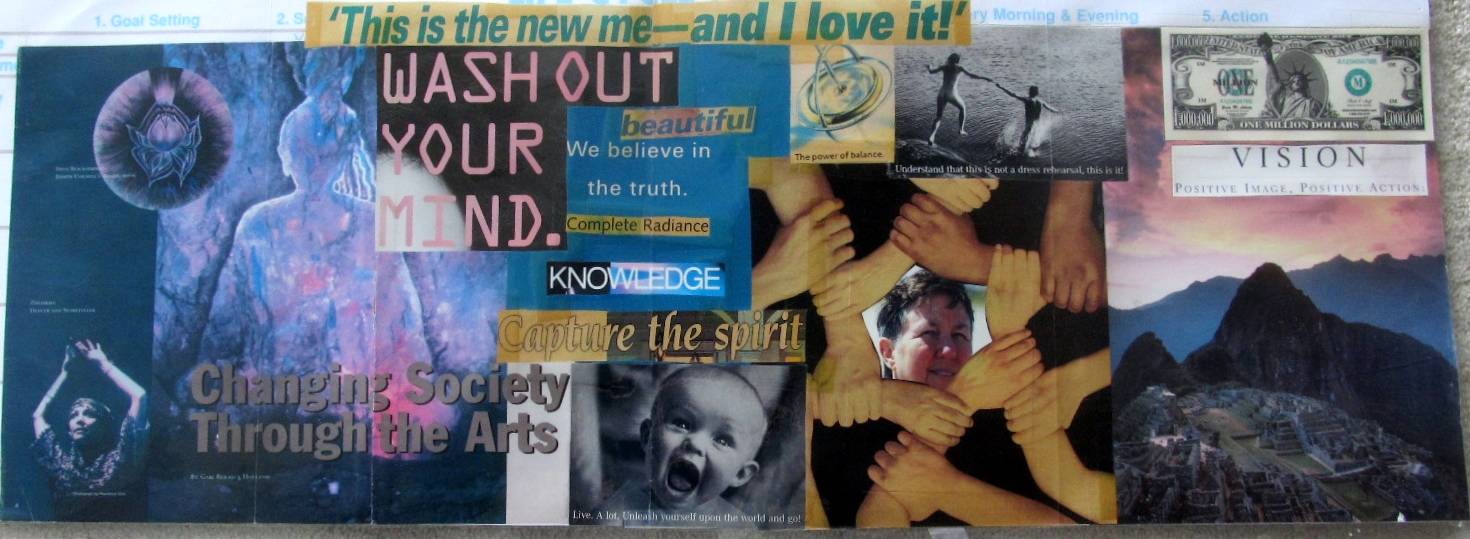
Why do you need a vision board?
To refocus your attention and intention on all the good things you want to bring into your life. Your right attention and “right intention,” as the Buddhists say, helps manifest these good things in your life.
How do you make a vision board?
Give yourself a couple of hours. Get yourself a big piece of poster board, a pile of old magazines, a pair of scissors, and some glue. Look through the magazines and cut out anything you like: food, words, beautiful homes, scenery, exotic places. Add photos of family. When your pile of cutouts is large enough, arrange them any way you want on the poster board. When you have a design you like, paste the words and pictures down. If you like, you can have the vision board laminated for durability.
.
How do you use a vision board?
Once your vision board is finished, hang it on a wall where you see it every day. Look at it to remind yourself what your interests are and what you want to bring into your life. Here are the five other vision boards I’ve made. I keep them right over my desk where I can always see them.
.
Look for new patterns and insights. Invite your friends to look at your vision board and tell you what they see. Then just sit back and watch as the words and pictures on your vision board start showing up in your life.
______________________________________________________________________________________________
Janet Smith Warfield serves wisdom-seekers who want understanding and clarity so they can live peaceful, powerful, prosperous lives. Through her unique combination of holistic, creative, right-brain transformational experiences and 22 years of rigorous, left-brain law practice, she has learned how to sculpt words in atypical ways to shift her listeners into experiences beyond words, transforming turmoil into inner peace. For more information, see wordsculptures.com, janetsmithwarfield.com, and wordsculpturespublishing.com.

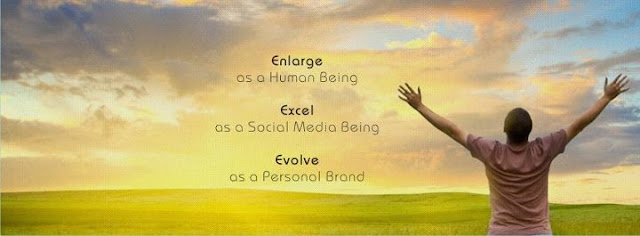




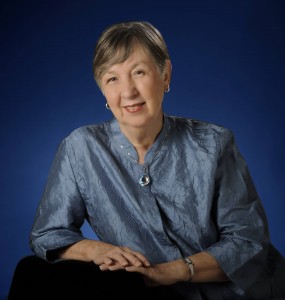



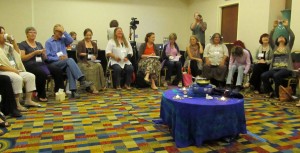

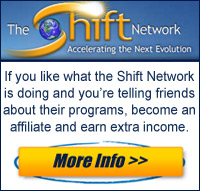
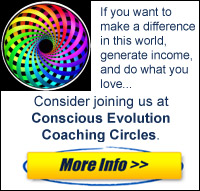


Comment